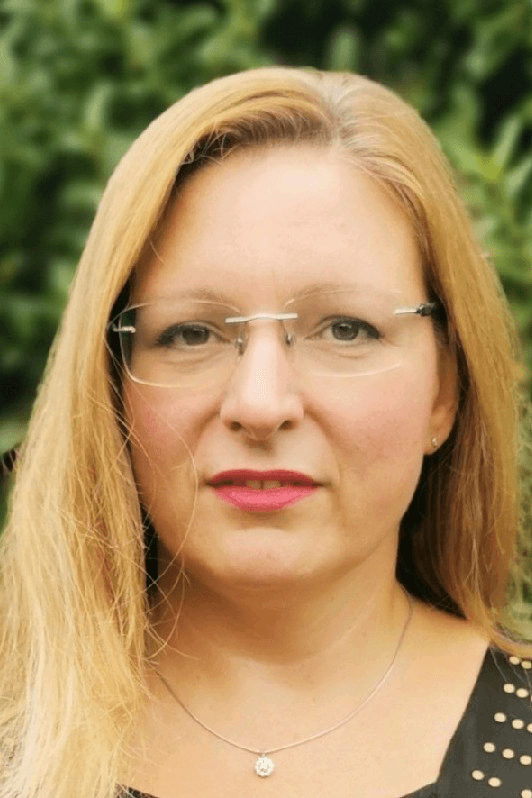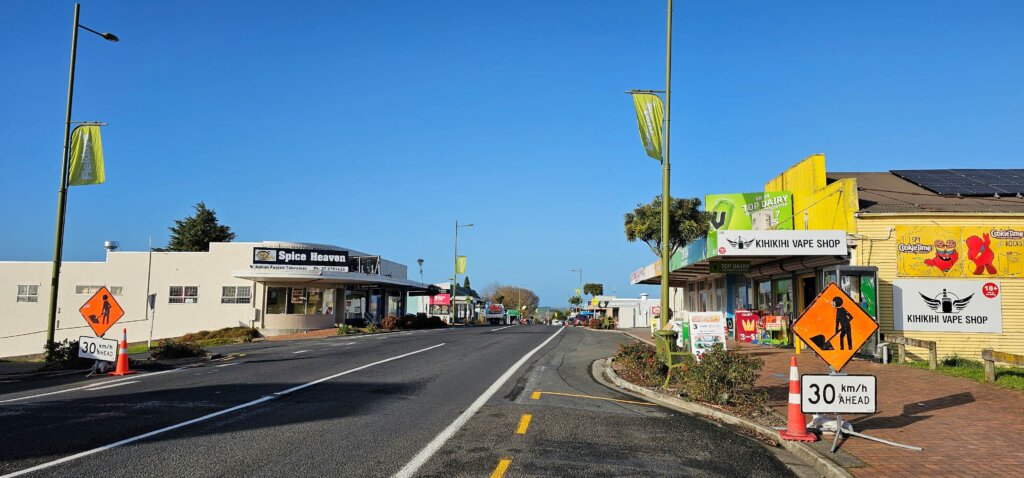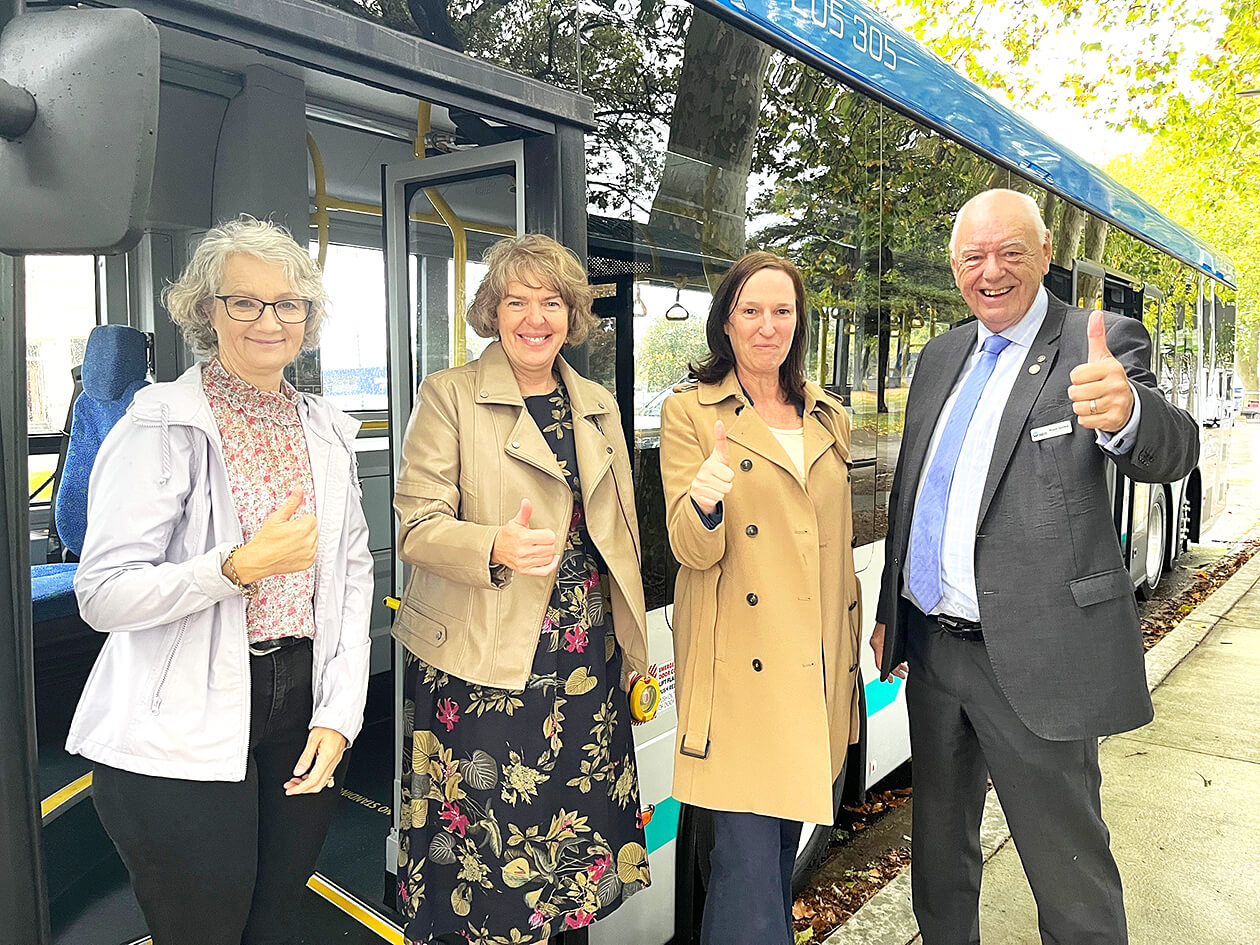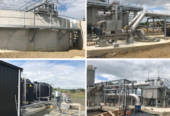Two years ago, Sandra Sesto-Dekic took on the job of boosting the numbers of Waikato people catching public transport.
But when Government subsidies for age-based public transport fares ended on June 30 and fares increased by 20 per cent, her job became much tougher.

Sandra Sesto-Dekic
Four months in, the stats tell a heartening story, particularly in Waipā where the introduction of more services and electric buses have seen records tumble.
In August, 14,622 passengers caught the Te Awamutu-Kihikihi service and if you add in the 424 who hopped on the Te Kūiti Connector, that’s more than 15,000 punters, or an average of 485 people a day.
Across the district in Cambridge, August was also a record with 13,371 people catching the number 20 service and 177 flagging down the Tokoroa Connector on its speedier way into Hamilton. That is an average of 437 passengers a day.
And just in time for Sesto-Dekic’s second anniversary in February as Team Leader Customer Focus at Waikato Regional Council’s regional transport connections department, expect to see double-decker buses on the busier routes to bolster numbers.
The February figures when Waipā-based Sesto-Dekic started in 2023 were 7630 passengers on the Cambridge 20 service – an average of 273 a day – and Te Awamutu 24 had 8243 – average 294.
Other regional services are also building patronage – up 27 per cent from Waitomo and 54 per cent from Ōtorohanga.

Kihikihi – the start and end of the regional 24 service. Photo: Mary Anne Gill.
Even the beleaguered Te Huia train service – funded through to June 30, 2026 – is seeing an increase with the addition of Pukekohe as a stop and half price fares for children. Scrapping free Gold Card fares at peak times seems to have made little difference to the service’s popularity.
Public transport was always going to struggle post Covid as the close contact put many punters off.
Bringing out the excuses was also popular – not enough services, it was too expensive, bus stops offered little in the way of comfort and cover and for those who travelled all the way to the Transport Centre in Hamilton – the destination was dirty and unsafe.

Buses in Te Awamutu
“The 40 per cent increase for Waipā is exceptional and it’s looking great. We are doing another push to promote the service now that we know the double deckers are coming,” said Sesto-Dekic who points to higher frequency and smoother rides for the uplift.
The drivers are happier too – they now have depots in Kihikihi and Leamington – a partnership between the regional council and Waipā – to pick up their electric buses and relax in comfort for the next trip to start rather than wait on the side of the road.
It is a sensible time to consider public transport during the celebrations season.
“Sometimes you know you might be having a few drinks, and it might be a better idea to grab the bus than take a car,” she said.
The regional council will partner with Waipā council for the Olympic champions parade in Cambridge on December 13.
People from Hamilton, Kihikihi, Te Awamutu and Leamington will be able to catch a free bus into Cambridge for the parade.
There will also be extra communication targeting those who are unaware of cross-town services – from Leamington to Cambridge and return, and from Kihikihi/ Ōhaupō to Te Awamutu. Buses provide a viable opportunity when parking is at a premium in the towns’ central business districts.
So how pleased is Sesto-Dekic? Very, because of the big changes she and the transport team had to deal with both on the network itself and with tariffs.
“We’ve carried those and I think we’ve done really well in communicating them and educating our passengers now with a very clear customer experience. We are setting ourselves in the right way for the future.”

Thumbs up for the new EV bus launch. From left are Waipā District Council’s group manager service delivery, Dawn Inglis, Destination Cambridge general manager Ruth Crampton, Waikato Regional Council public transport manager Trudi Knight and Waipā District Councillor Roger Gordon. Photo: Viv Posselt








